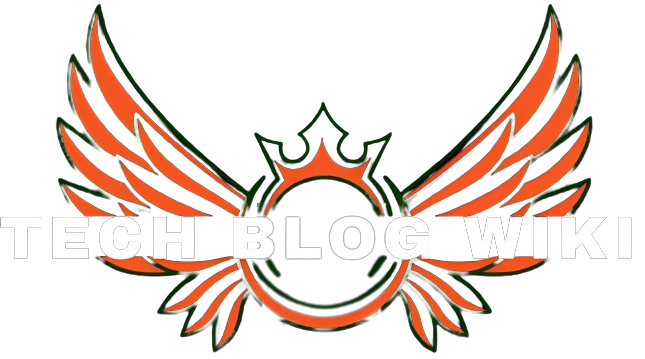In content creation, words have long been the primary vehicle for conveying ideas and engaging audiences. However, as the digital landscape evolves, the integration of visuals has become essential to captivate and inform readers.
Webpilot and image search are potent tools that can elevate content writing by infusing it with relevant and impactful visuals.
In this Techblogwiki article, we’ll explore the uses of Webpilot and image search in content writing and how they enhance the overall reader experience.
What is Webpilot?

Webpilot is a dynamic platform designed to simplify finding and embedding high-quality images directly into your content.
Its intuitive interface allows content creators to integrate visuals that complement their written text seamlessly. By offering a curated library of images, Webpilot streamlines the search for relevant visuals that enhance your content’s visual appeal and understanding.
“Webpilot” can refer to a company or service involved in web development, web design, or digital marketing. These entities typically provide services like website creation, search engine optimization (SEO), online advertising, and more.
To obtain more information about a particular “Webpilot” entity, you must provide further context or conduct an online search for the specific company or service.
Beside that if you’re a professional photographer DragGAN’s innovative features are set to redefine the boundaries of creative photography. Read our latest blog and get all information.
The Role of Image Search in Content Writing

Image search is a fundamental aspect of content creation that involves using search engines or specialized platforms to find visuals that align with the topic and message of your content.
Integrating images into your written material serves several key purposes:
1. Enhancing Visual Appeal
Images break up long blocks of text, making your content more visually appealing and inviting for readers. A well-placed image can also capture the reader’s attention and entice them to delve deeper into the text.
2. Conveying Concepts
Complex ideas can often be better conveyed through images. Visuals can simplify intricate concepts and help readers grasp the content more easily, whether a diagram, chart, or infographic.
3. Evoking Emotions
Images can evoke emotions and create a more immersive reading experience. By incorporating emotionally resonant visuals, you can connect with readers more deeply.
4. Supporting Evidence
In content that requires supporting Evidence or data, visuals like graphs, statistics, and charts can visually represent the information, making it more convincing and credible.
Uses of Webpilot and Image Search in Content Writing
Here’s how to effectively use Webpilot and image search in your content writing process:
1. Define Your Content’s Message
Before searching for images, understand your content’s message and theme clearly. This clarity will guide your search for visuals that align with your narrative.
2. Leverage Webpilot
Explore the Webpilot platform to access a diverse range of curated images. Use relevant keywords to search for visuals that resonate with your content’s subject matter.
3. Complement Your Text
Select images that enhance and complement your written content. An image should provide additional context, visual representation, or emotional impact that resonates with your readers.
4. Proper Attribution
When using images from the web, ensure you follow proper attribution guidelines to respect copyright and licensing regulations. Many platforms provide information on how to credit the image creator appropriately.
5. The Synergy Between Words and Images
Webpilot and image search are invaluable tools contributing to the synergy between words and images in content creation. By strategically incorporating visuals that align with your message, you can engage readers, convey complex ideas, and improve the overall impact of your content.
In Conclusion
As content creators, embracing the power of visuals is essential to delivering a comprehensive and captivating reading experience. Whether you’re using Webpilot to curate images or utilizing image search to find relevant visuals, the integration of images enriches your content and makes it more accessible and engaging.
By striking a balance between words and images, you create a holistic narrative that resonates with readers and leaves a lasting impression.






